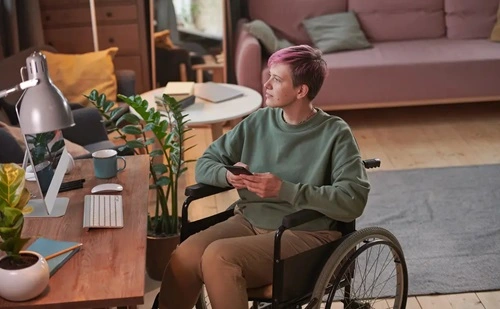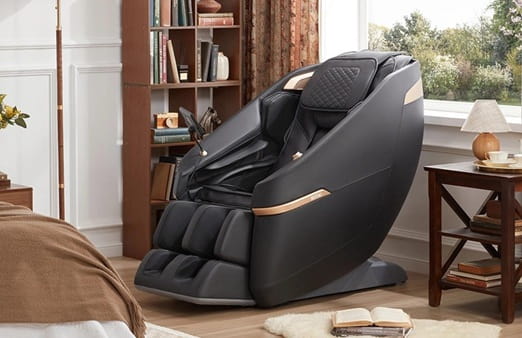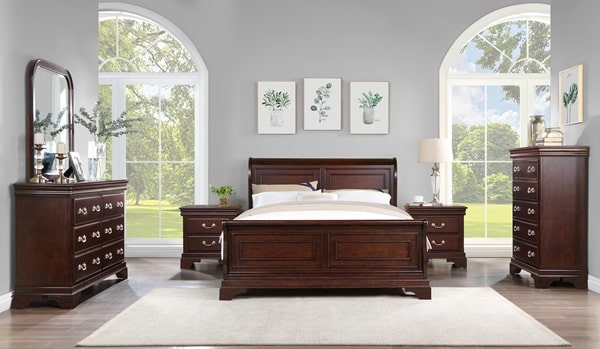Creating a safe and comfortable living space is a priority for every homeowner. However, this necessity grows deeper for individuals with disabilities. An accessible home can significantly enhance independence, safety, and overall quality of life for people living with mobility, sensory, or other impairments.
In this comprehensive guide, we’ll explore the various steps you can take to transform your home into a haven that’s conducive to the needs of your loved ones with disabilities.
Understanding the Needs
Before you begin any home modifications, it’s crucial to understand the specific needs associated with different types of disabilities. Vision-impaired individuals might require clear pathways and a lack of tripping hazards, while those with mobility impairments need to move freely through spaces. Here is a breakdown of different disability requirements to get you started on the right track.
- Mobility Impairments: Persons with mobility impairments often require open, unobstructed spaces, wider doorways to accommodate wheelchairs, and the absence of stairs where possible. They also benefit from the use of ramps to overcome uneven surfaces and changes in elevation.
- Vision Impairments: People with vision impairments need clear and consistent room layouts with minimally cluttered spaces. Contrasting colors on walls and floors help define room boundaries and detect hazards, while braille labels can aid with navigation and identification of objects.
- Sensory Impairments: For individuals with sensory impairments, home modifications might involve reducing noise levels, using appropriate lighting to minimize glare, and adjusting the home environment to support their specific sensory needs, such as tactile or olfactory sensitivities.
Adapting your home to be inclusive of these needs can manifest in various forms, some of which include physical adaptations and sensory-friendly features.
Adapting the Environment
Physical adaptations are perhaps the most visible aspect of creating an accessible home. This includes alterations to the structure and layout of the living space. Here are some key elements to consider:
- Ramps and Lifts: Building ramps instead of stairs and installing affordable home elevators from Las Vegas, NV, offer a convenient mobility solution for those who have trouble with steps.
- Wider Entryways: To allow for easy maneuverability, doorways should be widened to at least 36 inches wide.
- Grab Bars and Railings: These are essential for providing stability and support. They should be installed in the bathroom, near the bed, and along any long hallways.
- Adjustable Countertops and Desks: These allow for variable heights and can be very beneficial for both wheelchair users and those with varying heights and mobility levels.
- Accessible Bathrooms: Bathrooms can be particularly hazardous for individuals with disabilities. Walk-in showers, non-slip flooring, and elevated toilet seats are important safety features to consider.
- Sensory-Friendly Features: This involves designing or modifying a home space to make it more comfortable for someone with sensory sensitivities by controlling lighting, sound, and texture.
In addition to these physical changes, it’s also beneficial to create an environment that can adapt to changing needs over time. For instance, incorporating modular furniture that can be easily repositioned can be a cost-effective way to create changeable spaces.
Technology and Innovation
We live in a world where technology can play a significant role in enhancing accessibility. Smart home devices, voice-activated controls, and other assistive technologies empower individuals with disabilities to manage their living environment independently.
- Smart Home Devices: These can include everything from smart thermostats that regulate temperature according to personal preference, to smart lights that can be programmed to assist with mobility during the night.
- Voice-Activated Controls: Devices controlled by voice are an excellent option for individuals who have limited mobility or dexterity.
- Alert Systems: These can be life-saving for people with disabilities, particularly those who live alone. Various types of alert systems are available that can connect to emergency services with a simple push of a button.
Integrating technology into the home can be a complex process, but it can pay dividends in terms of overall independence and convenience.
Creating a Supportive Space
A supportive living space encompasses much more than just physical adaptations. It’s about creating an atmosphere that promotes comfort and well-being for individuals with disabilities.
- Comfortable Furniture: Selecting furniture that is easy to get in and out of can be crucial. This might include chairs with armrests and firm cushions that provide the necessary support when sitting and standing.
- Flooring and Carpeting: Choosing appropriate flooring can prevent against slips and trips. Hard surfaces with textured finishes and low-pile carpeting are often the best options for maintaining sure-footedness.
- Organized Storage: Easily accessible storage solutions allow for keeping essential items within reach without creating visual or physical barriers.
- Indoor Air Quality: A healthy living space should have good air circulation and quality. Proper ventilation and allergen-free materials can greatly improve the air quality in your home.
Safety should always be at the forefront of your mind when creating a supportive home environment. Regular safety assessments to identify and address potential hazards are crucial.
Engagement and Advocacy
Building an accessible home also extends to your community. Get in touch with local resources, advocacy groups, and professionals. They can provide invaluable knowledge and support throughout the process.
- Community Resources: Many communities have programs and services available to assist with home modifications for people with disabilities. These can range from financial assistance to guiding the best practices for accessibility changes.
- Advocacy Groups: Organizations dedicated to disability rights can offer a wealth of information on making homes more accessible and can help connect you with like-minded individuals.
- Professional Guidance: When making significant home modifications, it’s often best to consult with professionals who specialize in accessibility design. This may include architects, interior designers, and occupational therapists who can ensure that the changes you make are truly personalized and effective.
By engaging with your community and professionals, you not only create a more accessible home but also contribute to the larger social movement of making the world a more inclusive place for everyone.


